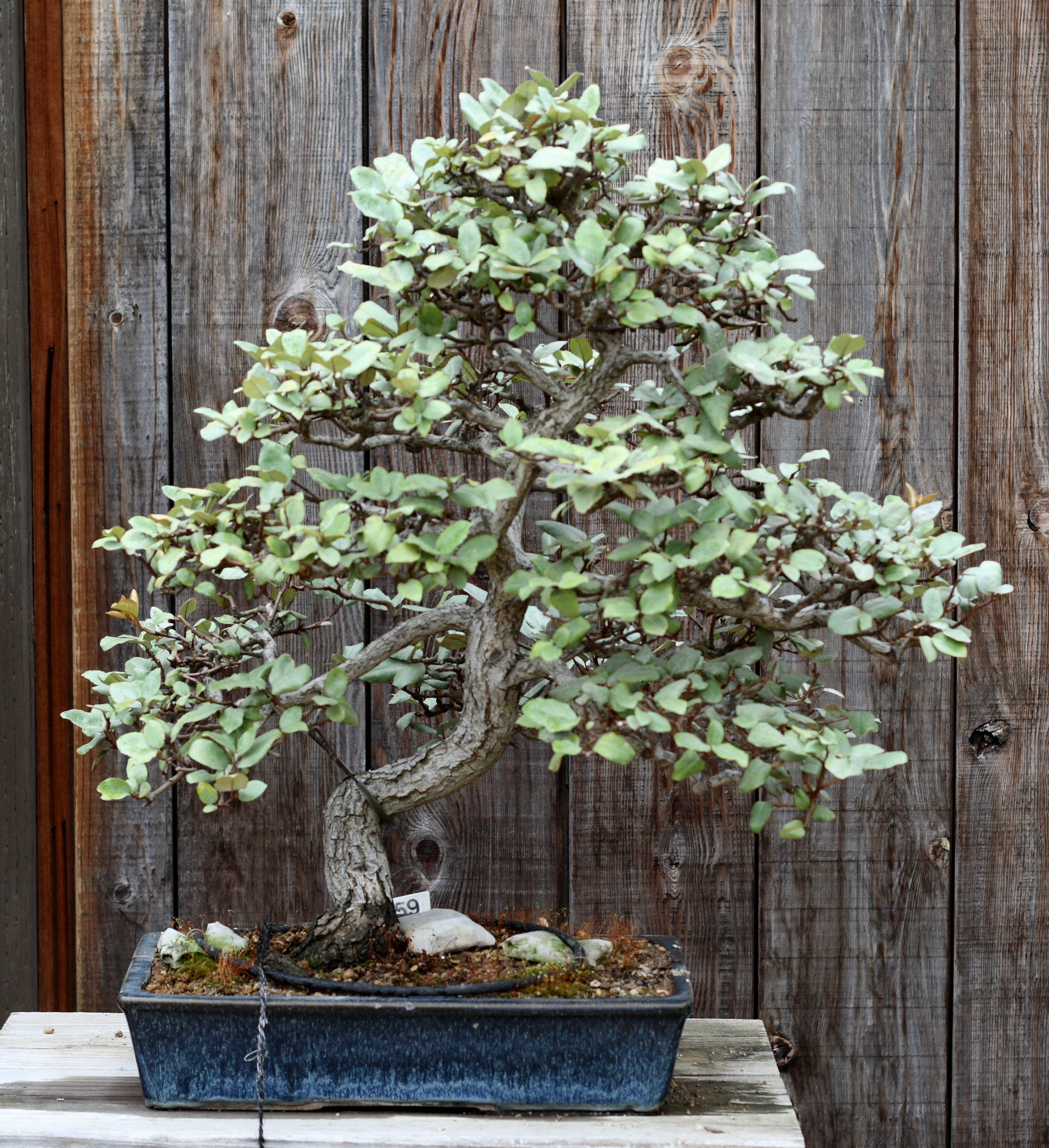|
Elaeagnus Tonkinensis
''Elaeagnus tonkinensis'' is a species of plant in the oleaster family found around Southern China and Vietnam (where it is called ''nhót''). References External links * * {{Taxonbar, from=Q10801014 tonkinensis Flora of Vietnam ... [...More Info...] [...Related Items...] OR: [Wikipedia] [Google] [Baidu] |
Elaeagnaceae
The Elaeagnaceae are a plant family, the oleaster family, of the order Rosales comprising small trees and shrubs, native to temperate regions of the Northern Hemisphere, south into tropical Asia and Australia. The family has about 60 species in three genera. They are commonly thorny, with simple leaves often coated with tiny scales or hairs. Most of the species are xerophytes (found in dry habitats); several are also halophytes, tolerating high levels of soil salinity. The Elaeagnaceae often harbor nitrogen-fixing actinomycetes of the genus ''Frankia'' in root nodules, making them useful for soil reclamation. This characteristic, together with their production of plentiful seeds, often results in the Elaeagnaceae being regarded as weeds. The stems and leaves are covered with silvery brown or golden hairs which are either peltate or scaly. ''Shepherdia'' and ''Hippophae'' are unisexual, the female and male borne on different plants (dioecious). There are no petals, the perianth ... [...More Info...] [...Related Items...] OR: [Wikipedia] [Google] [Baidu] |
Elaeagnus
''Elaeagnus'' , silverberry or oleaster, is a genus of about 50–70 species of flowering plants in the family Elaeagnaceae. Description ''Elaeagnus'' plants are deciduous or evergreen shrubs or small trees. The alternate leaves and the shoots are usually covered with tiny silvery to brownish scales, giving the plants a whitish to grey-brown colour from a distance. The flowers are small, with a four-lobed calyx and no petals; they are often fragrant. The fruit is a fleshy drupe containing a single seed; it is edible in many species. Several species are cultivated for their fruit, including ''E. angustifolia'', ''E. umbellata'', and ''E. multiflora'' (gumi). ''E. umbellata'' contains the carotenoid lycopene. Taxonomy The genus ''Elaeagnus'' was erected in 1754 by Carl Linnaeus, who attributed the name to Joseph Pitton de Tournefort. There is agreement that the name is based on Theophrastus's use of the Ancient Greek (, latinized to ) as the name of a shrub. The first part of ... [...More Info...] [...Related Items...] OR: [Wikipedia] [Google] [Baidu] |
